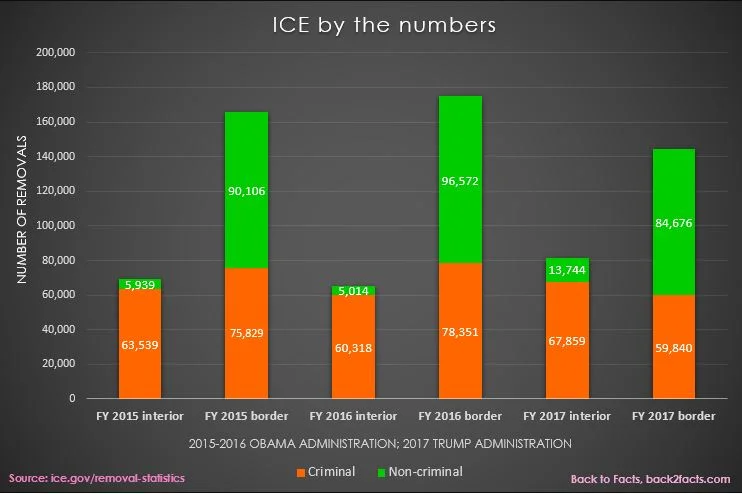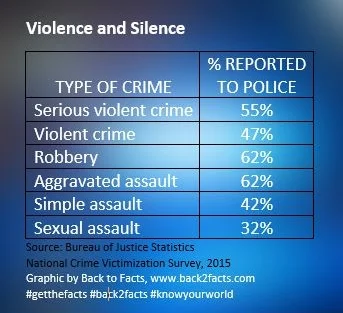Even with the new rules, voters still must request a ballot to mail in votes in Philadelphia County
So why did Joe Biden get 339,403 mailed votes in Philadelphia County when only 96,000 voters requested mail ballots in Philadelphia County?
Further, the mail-ballot rejection rate in 2016 was magnitudes higher than in 2020, in spite of showing far fewer total ballots mailed. In 2016, 461 ballots were rejected out of 13,000-plus, an error rate of 3.46 percent. But in 2020, 232 mail ballots were rejected out of a total of 371,798, the state reported. That’s an error rate of 0.1 percent. If the same error rate from 2016 had been applid to Philadelphia in the 2020 election, 12,864 votes would have been rejected as in error. In fact, several major media outlets warned before the election that if 2016’s error rate were applied, it would result in a lot of disenfranchisement. In the end, that error rate simply was not repeated.



















